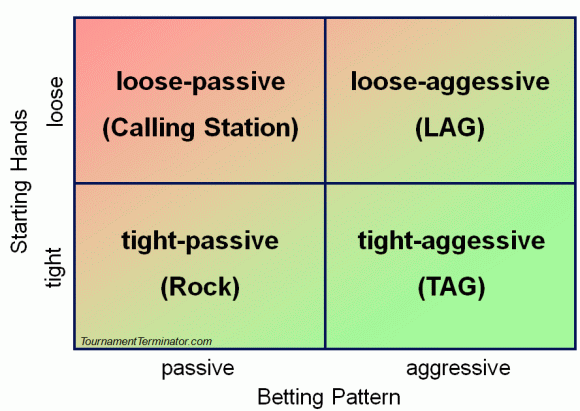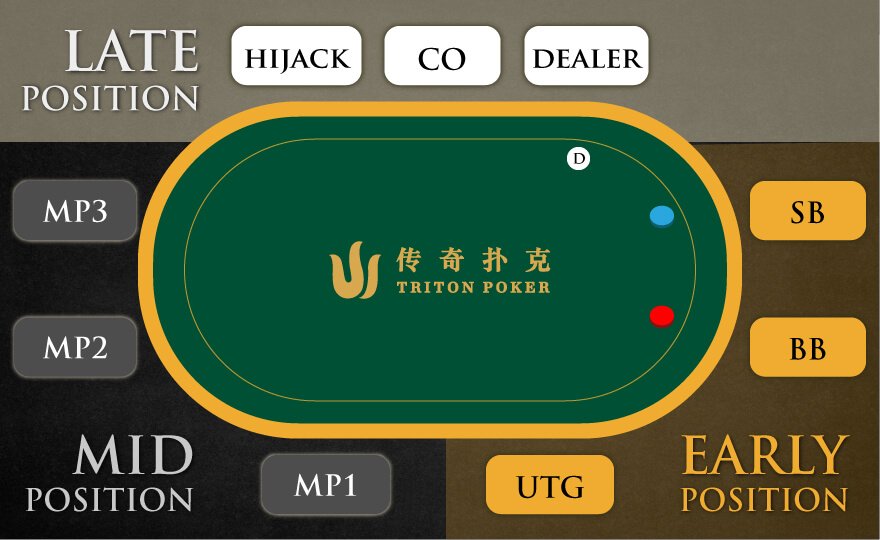Tag Poker Meaning
TAG = 'Tight + Aggressive'
TAG What Does It Mean in Poker? TAG stands for Tight Aggressive, which is a playing style where a player opens tight and plays in an aggressive way postflop. “This game is full of TAGs and pretty tough to beat.”. Definition of TAGS in the Definitions.net dictionary. Meaning of TAGS. What does TAGS mean? Information and translations of TAGS in the most comprehensive dictionary definitions resource on the web. If you wish to review the result or mucked cards from the previous hand while you are playing, you can see the results of the prior hand again by clicking the tag-icon and choosing Display Last Hand. The Display Last Hand functionality is not available while playing Fast Poker tables such as PokerStars Zoom because the last hand may still be. The tag is also composed of a protective material that holds the pieces together and shields them from various environmental conditions. The protective material depends on the application. For example, employee ID badges containing RFID tags are typically made from durable plastic, and the tag is embedded between the layers of plastic.
'The king of all poker styles'. Tight refers to playing only the strongest starting hands. Aggressive refers to taking aggressive actions (betting/raising) more often than passive ones (checking/calling).
Preflop
A good 6max TAG will play anywhere between 16% and 23% of starting hands. Anything below 16% of starting hands would possibly fall into the “nit” category.


Most of these hands will be open-raised pre-flop given the opportunity, but not all. Some will be flat-called after another opponent raises. A TAG playing 16% of hands will probably be raising about 12% of hands, depending on the table. A TAG playing 23% of hands will probably be raising about 17% of hands.
Statistics
The two main stats used in identifying TAG opponents are:
VPIP (voluntarily put chips in pot %)
PFR (pre-flop raiser)
Tag Poker Meaning Urban Dictionary
An opponent who plays 21% of hands and open-raises 17% of hands can be identified as 21/17. Often you will see players described with an additional stat i.e 21/17/1. This third stat is the “aggression factor” and will be discussed in later articles.
Position
Good TAG poker players understand the concept of position in poker. Just because a certain TAG might be playing 20% of hands does not mean he is playing that amount of hands from every position. A good TAG will be playing more hands from the BU (button), than he does from UTG (under-the-gun).
If a TAG is playing 16% of hands he may be playing closer to 25% of hands on the button and closer to 8% of hands under-the-gun. You also should adjust your starting hand selection depending on your position at the table.
Postflop
The postflop strategy for a TAG is to come out betting with big hands. TAGs may slowplay from time to time, but 90% of the time they play their big hands by betting big.
Often when a TAG player misses the flop they will give up on the hand, but not always. Smart TAGs will still find good opportunities to bluff. Their opponents may realise they are playing tight and give them credit for having a strong hand more often.
I am ready to take my poker game to the next level!
Why TAG poker?
Firstly, by playing tight you will usually be getting into pots as a favourite. Your postflop decisions will be easier, because you will either make a strong hand, or you will miss. (You won’t often need to worry about if your kicker is good or whether your second pair is good, because you will largely be making top-pair-good-kicker hands or stronger.
By playing aggressive you generate what is known as “fold-equity”. It means that you may win a decent amount of pots without having to get to showdown, because your opponents fold. Take pre-flop as a simple example – if you open-limp, you will always see a flop with your hand if no-one raises. If you open-raise however, you might win chips without even having to see a flop.
Aggression. It can be measured in several ways – aggression factor (AF), aggression percentage (Agg Pct) or aggression frequency (AFq).
Tradition requires that we mention the classic Aggression Factor /AF/ calculated as (Bet + Raise) / Call, checking or folding with no effect.
The drawback of this indicator is that due to its formula it can’t differentiate between a hyper-aggressive player raising any two cards and a fit-or-fold player throwing away everything but the pure nuts. Basically, all a high AF tells you is that the player doesn’t like to call.
I myself don’t rely much on this indicator, but it’s a part of the so called Holy Trinity of Poker HUD stats (VPIP, PFR, AF) so you have to know what it does.
In order to see a nuanced picture, you need different indicator – and which one you’ll use depends on your poker HUD program of choice.
Aggression percentage /Agg Pct/ is used in Holdem Manager and represents the frequency a player takes an aggressive action on a given street. So if I bet the flop but check the turn and river I would have 33% Agg Pct because I made 1 out of 3 aggressive actions.

Aggression frequency/AFq/ is used in Poker Tracker and is calculated as (total bet + total raise) / (total bet + total raise + total call + total fold) * 100, the idea being to include all possible actions in the divisor of the equation.
There is a slight difference in the way Agg Pct and AFq are calculated, as Agg Pct sees checking as passive and AFq as neutral. Some players say that counting checks as neutral is OK as the player could intend to check-raise, but I personally prefer the Holdem Manager Agg Pct statistic – it’s more straight-forward. The probability of a Check-Raise can (and should) be analyzed using the separate Check-Raise statistic, but more on that later on.
Both Agg Pct and AFq start to become useful for the different streets after about 300 hands. Knowing these stats allows you to clearly identify overly passive and aggressive players. As far as ranges go, an Agg Pct less than 30% is extremely passive and more than 60% extremely aggressive. AFq range is similar – too passive when less than 35% and too aggressive over 65%. The slight difference occurs because checks are neutral in AFq and not counted as passive. These ranges depend heavily on the limit and the type of table – lower limits usually have more timid players compared to the higher limits and shorter tables see more aggression than full ring tables.
As always, remember to look at the stats for the individual streets – often players are very aggressive on the flop but proceed differently on the turn and the river.
Examples using Agg Pct and AFq
/For sake of simplicity we’ll assume all opponents have stacks of about 100BB/
FR (full ring) table, you are in middle position with a pair of 6s. A player in EP (early position) limps in, you limp in, and the BB (big blind) checks. Flop comes 259 rainbow (of different suits). The big blind bets half of the pot and the early position player folds. Now what? Well, let’s look at his stats (we’ll assume a decent hand sample is available).
a) VPIP=27 / PFR=15 / Agg Pct=55 (Agg Pct Flop=64).
The opponent is definitely a loose-aggressive player (LAG). He obviously plays a lot of trash hands, so his flop aggression percentage of 64 is borderline crazy. He didn’t raise pre-flop, so a big overpair is unlikely; probably he caught something on the flop. Against a passive player we can consider folding here, but this particular opponent can bet just as easily second or third pair, or simply two overcards. You should at least call, but a better option may be to look at the villain’s Fold to F Raise percentage and if it’s high enough, raise him to force a fold.
b) VPIP=12 / PFR=5 / Agg Pct= 22 (Agg Pct Flop=28).
Tag Poker Meaning Name
A weak-tight player bets two opponents out of position – a definite sign of a big hand – at least top pair with decent kicker. He probably would have slow-played a set or two pairs, but a nine in his hand would explain the bet as protection from overcards on the turn. Anyway, under the circumstances we have no more business in the hand and should fold.
Get a poker tracking program like Poker Tracker to put the odds in your favor!